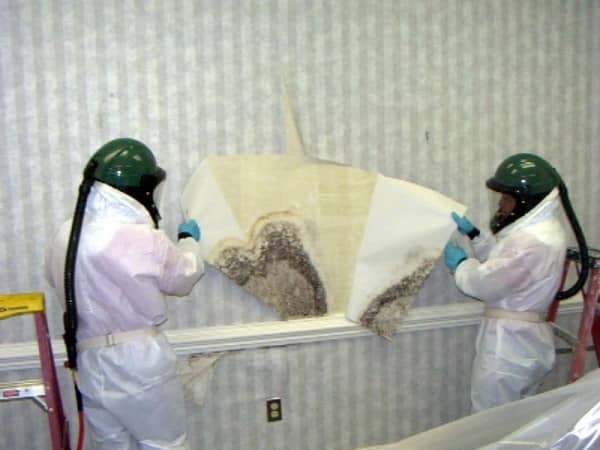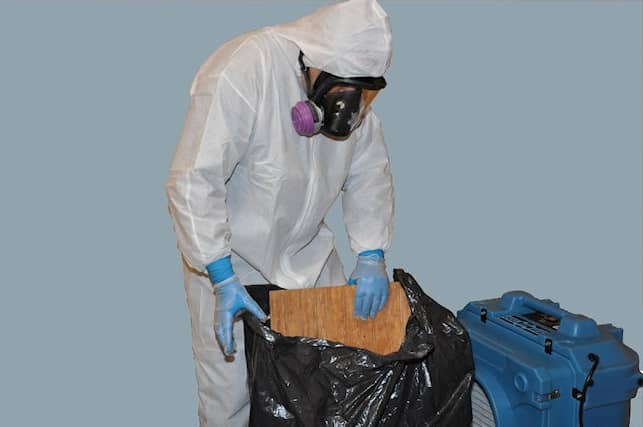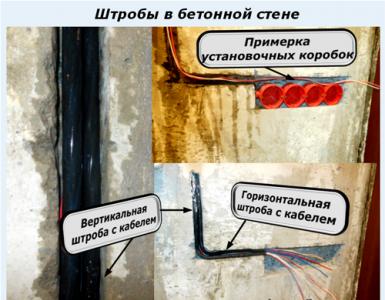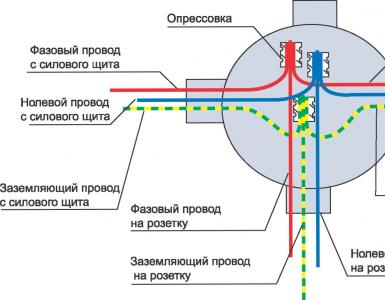How to remove mold and prevent reappearance on the wall
Mold is the bane of most homeowners, but thankfully, you can use traditional cleaning products and disinfectants to get rid of mold and keep it from coming back. Mold on the walls and any other surfaces of an apartment / house is not the best news for your health, so it is important to get rid of the root cause of its formation in a timely manner. Read our quick guide on how to get rid of mold on the walls of your apartment and house.
How to get rid of mold on walls
Mold is a kind of fungus that develops and spreads through spores thrown into the air. As a rule, the fungus grows in warm and humid environments where there is no natural airflow, so domestic bathrooms and attic spaces in private homes often suffer from mold. Most often, mold formation is dictated by high humidity and lack of ventilation, but sometimes mold on the walls in the bathroom can form as a result of plumbing leaks, both inside and outside the apartment. Poorly insulated heating pipes can lead to moisture behind the wall.
The most common type of mold is black mold, which is characterized by black spots and can cover large areas if room disinfection measures are not taken. To determine if you have mold on your wall or not, apply some bleach to the affected area. If the dark color disappears within a few minutes, it is mold. If not, you are probably dealing with ordinary dirt.
How to remove mold from walls

Works on disinfection and sterilization of premises
Warning: black mold can cause allergic reactions and affect your health in other ways, so if you are faced with an extensive mold infestation, it makes sense to order disinfection of the apartment to the specialists of the sanitary and epidemiological station, regardless of the cost of such a solution, since your health is priceless. If the fungus has only appeared in a small area, make sure you wear goggles, gloves, and a face mask, as contact with the spores can be harmful. Open windows and use a fan while working to circulate air around the work area.
1. First, mix a solution of chlorine bleach and water, usually 1 part chlorine bleach to 3 parts water. You can also use a household detergent with bleach as the active ingredient.
2. Use a toothbrush to thoroughly scrub the area affected by mold, rinse the area after.
3. If this approach does not give the expected results, you can use products specially formulated for mold and fungus on the walls. They are much more effective at fighting mold, but remember that you should never mix different cleaners together as you can cause a dangerous chemical reaction.
How to prevent mold from returning

Disinfection services for mold removal
Once you have removed the mold from the walls of your apartment/house, you must go ahead and do whatever is necessary to stop the re-infestation. If you have used disinfectants, such as an antimicrobial agent to remove mold, in fact, you have already taken care of the protection against recurrence. Alternatively, you can cover the affected area with mildew-resistant paint, which you can find at most hardware stores.
For additional preventive measures, consider installing an electric dehumidifier in a room that has been affected by mold. In addition, you may want to consider repairing the home/apartment's insulation if it has caused mold to form. Properly insulated walls and ceilings are resistant to condensation, therefore, protect the apartment and house from rising humidity, and therefore from mold.
The best thing you can do in the fight against mold is to eliminate favorable conditions for its development, starting with high humidity:
- Provide bathroom, kitchen and other rooms, which are characterized by high humidity, with high-quality ventilation.
Don't forget to dry your shower curtains and towels.
- Repair any leaks as soon as you find them to prevent moisture from getting under the floor.
Don't panic if the fungus returns to the walls - this is a common problem, now you are armed and know how to deal with it.













